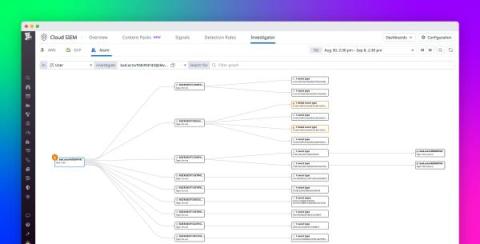Collect Google Cloud Armor logs with Datadog
As the internet continues to evolve, cybersecurity threats—particularly Distributed Denial of Service (DDoS) attacks—are an increasingly significant concern for organizations. In this post, we’ll look at how you can use Datadog to collect Google Cloud Armor (GCA) logs and detect and respond to potential DDoS attacks in real-time. But first, we’ll briefly cover what DDoS attacks are and how they work.











